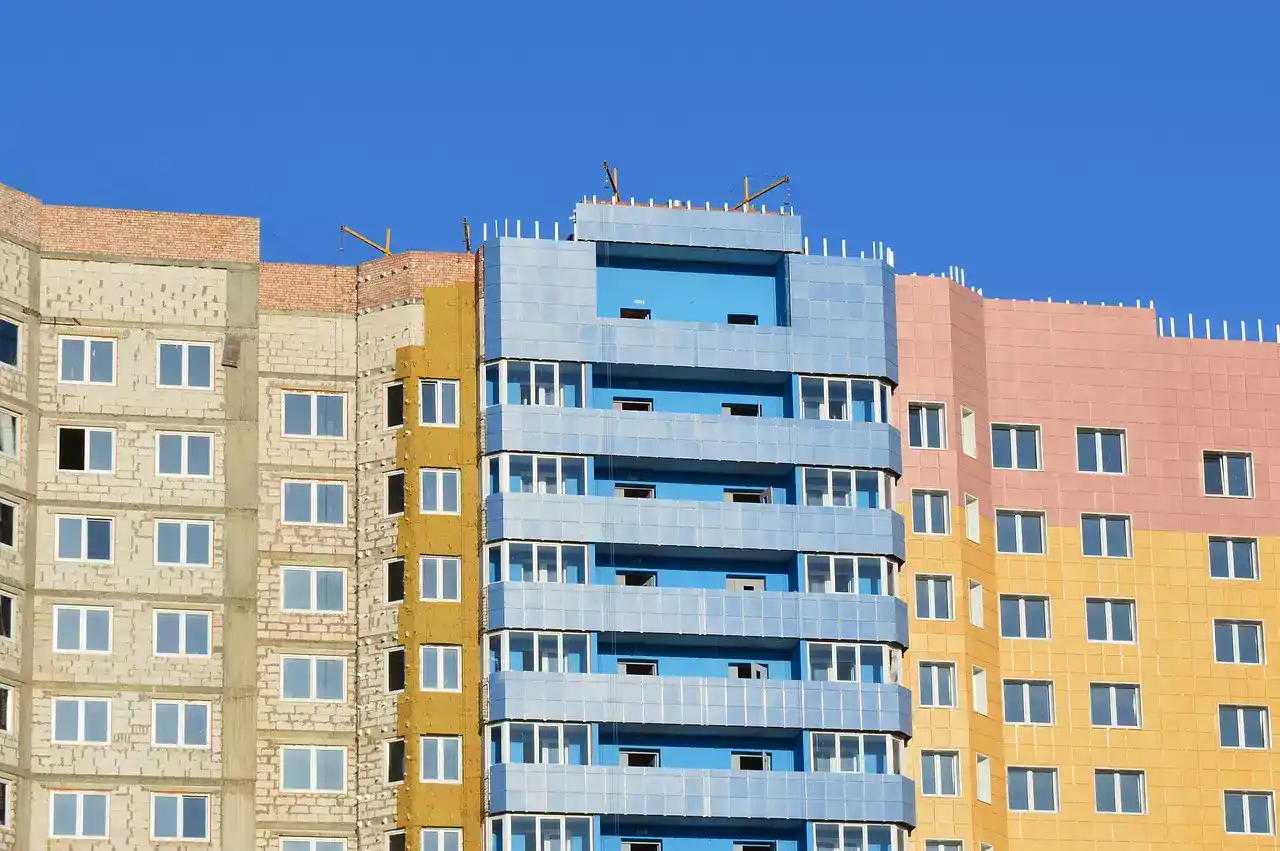Shadow analysis for environmental clearance

The Importance of Shadow analysis for environmental clearance
Shadow analysis plays a vital role in the environmental clearance process, especially for urban projects where tall structures can significantly affect natural light and the environment around them.
Developers may reduce their environmental effect, enhance user comfort, and comply with local rules by knowing how a building will cast shadows during the day and seasons. This proactive strategy guarantees a sustainable future for urban growth while also fostering goodwill within the community.
Understanding the Role of Shadow Analysis in Environmental clearance
Here’s how shadow analysis contributes to environmental clearance:
Impact on Natural Light and Solar Access
Shadow analysis for environmental clearance is important for assessing whether a new construction will obstruct sunlight from reaching nearby properties, parks, and public spaces. Maintaining enough solar access is essential for reducing energy use for things like heating and artificial lighting and for improving the health of locals.
Microclimate Effects
Building shadows can affect the microclimate, making some places colder and possibly causing humidity levels to fluctuate. Local vegetation and biodiversity may be impacted by these changes, especially in areas where certain species depend on particular climatic conditions.
Implications for Urban Greenery and Vegetation
Shadows can reduce sunlight, which can stunt the growth of trees and other vegetation. This has a detrimental effect on the surrounding ecosystem and air quality, which is especially concerning in metropolitan areas where greenery is already limited.
Human Health and Comfort
The study of shadow analysis examines the effects of shadows on public outdoor gathering places like parks and recreation facilities. Long-term shadowing can reduce these venues’ utility and restrict community access to outdoor areas.
Energy Consumption and Sustainability
Certain structures that receive less sunshine may require more energy for lighting or heating, which could affect sustainability objectives. On the other hand, too much shadowing might reduce cooling expenses. To strike a balance, these aspects can be assessed with the aid of shadow analysis.
Legal and Regulatory Compliance
Shadow analysis is frequently required by environmental clearance requirements to make sure that new developments don’t infringe on environmental rights or have an adverse effect on the surrounding community. Following these guidelines can help assess whether a project can proceed or if changes are required.
Shadow Analysis Process at RDT Corp
our shadow analysis procedure is comprehensive and makes use of cutting-edge technology in addition to substantial data collection:
Data Collection
We start by compiling comprehensive data about the property, such as its location, climate, nearby structures, and other environmental aspects. Our models are guaranteed to faithfully depict the actual conditions of the project site thanks to this basic data.
3D Modeling and Simulation
We produce accurate 3D models of the suggested construction and its surroundings using software that leads the industry. We can mimic shadow patterns at different times of day and year by incorporating sun path data into our models. To assess seasonal effects, special attention is paid to important periods like solstices and equinoxes.
Impact Assessment
Our team reviews the simulation data to assess the shadow cast on nearby areas. This step involves analyzing regions that may experience prolonged shadows and determining how this might affect sunlight access, energy requirements, and environmental health.
Mitigation Strategies
Based on the impact assessment, RDT Corp proposes modifications to project designs when necessary. This could include adjusting building height, orientation, or layout to reduce shadow impact on high-sensitivity areas, such as parks, residential zones, or educational facilities.
Documentation and Reporting
We compile a comprehensive shadow analysis report that includes visuals, shadow maps, and supporting data for environmental clearance. This report outlines our findings, details the assessment, and presents any proposed mitigation measures to minimize environmental impact.
Why Choose RDT Corp for Shadow Analysis?
RDT Corp combines expertise, advanced technology, and a commitment to environmental responsibility in every project. Our shadow analysis services support sustainable urban development by balancing environmental, community, and economic factors. We ensure that all projects meet regulatory standards and promote long-term well-being.
We’re here to help and answer any question you might have.
Free Consultation About RDT Design Technologies LLP
Testimonial
"Our experience with RDT Corp has been outstanding. They delivered a customized solution that addressed all our requirements and exceeded our expectations. Their commitment to excellence is evident in everything they do."

"Our experience with RDT Corp has been outstanding. They delivered a customized solution that addressed all our requirements and exceeded our expectations. Their commitment to excellence is evident in everything they do."

"RDT Corp provided us with a comprehensive IT strategy that perfectly aligned with our business goals. Their proactive approach and attention to detail have made a significant impact on our company's growth. Their services are worth every penny."











